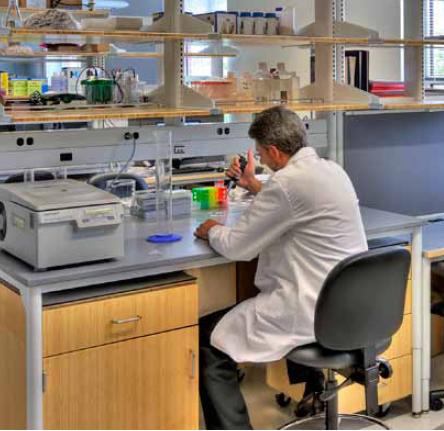
1999
AD
Human epithelial and fibroblast cells are transformed into tumor cells for the first time in a laboratory. This was accomplished by the coexpression of telomerase (hTERT), the simian virus 40 large-T oncoprotein, and an oncogenic allele of H-RAS.1
